
After 1878, Henry Fleuss and Robert Davis
Henry Albert Fleuss and Robert H. Davis
In the period between 1878 and 1933, Henry Albert Fleuss and Robert H. Davis worked together at Siebe Gorman & Co. Development began with the well-known Fleuss device, which Fleuss first tried to market himself. After this failed, he joined Siebe Gorman and developed several diving devices until his death in 1933. This page shows an overview of some of the systems made and patented by Siebe and Gorman & CO.
One of Fleuss and Davis’ first designs was the Fleuss-Davis rescue system. The system featured a flexible head mask with integrated goggles. The head mask was connected to a waterproof vest to effectively create a diving bell. You could liken the principle to a dry suit where the breathing gas was injected into it ascended to the head, breathed in there and fed through hoses to the scrubber.
Still later, the same device now worn on the chest was further developed into an escape kit which again later formed the basis for the DSEA, the Davis Submarine Escape Apparatus.
The 1.5-hour device from 1920 is shown here without a lid.
In 1936, Siebe and Gorman & Co experimented with the position of the contralung. BIy the aircraft pictured here, the lung was worn on the hip.
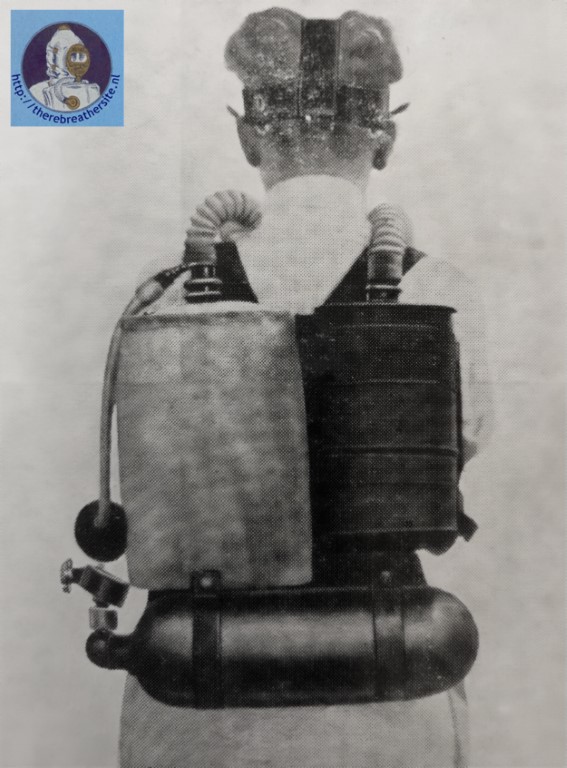
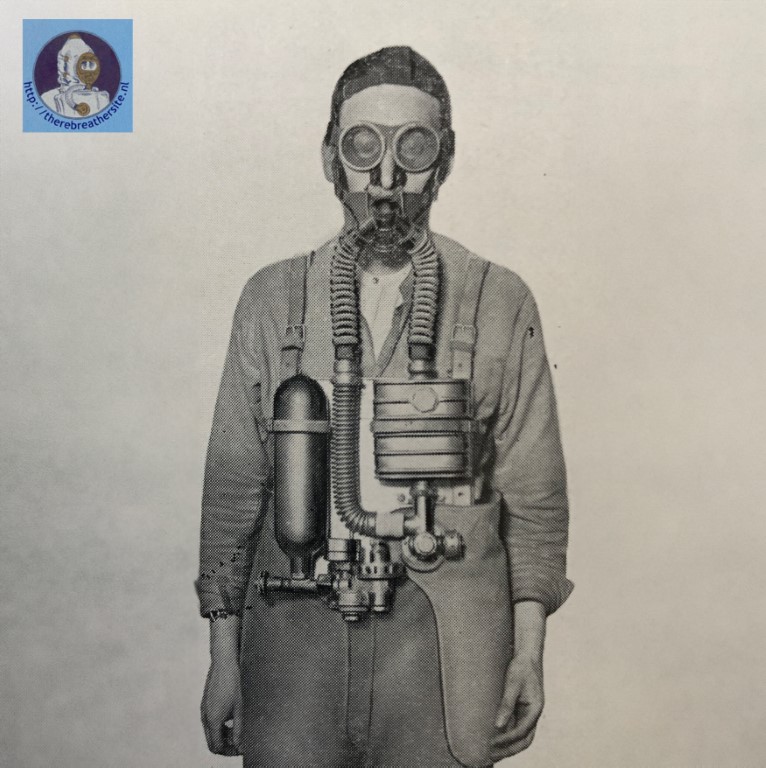
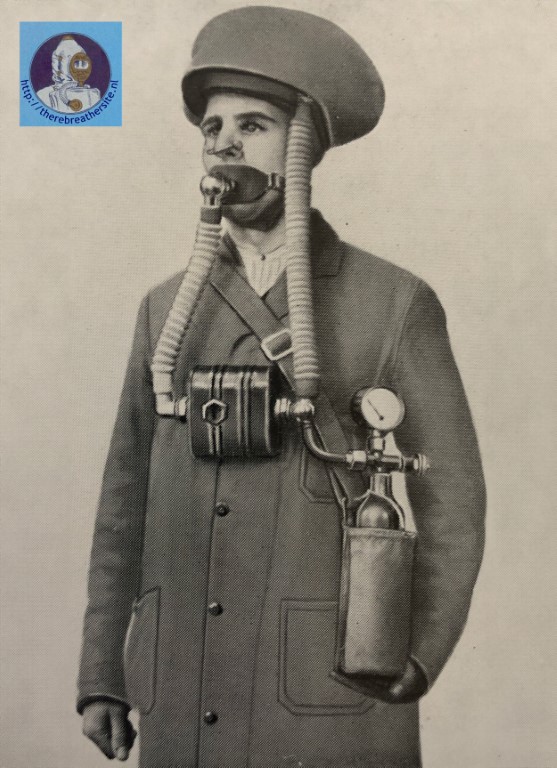
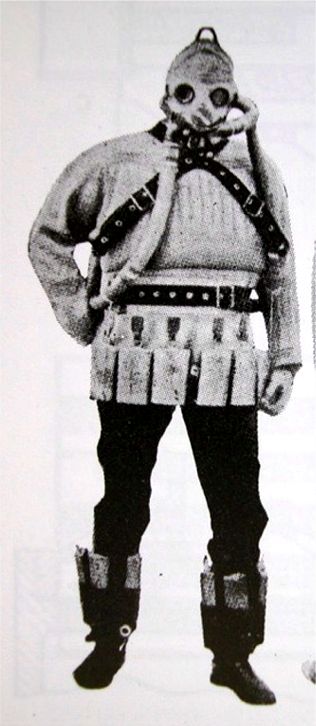
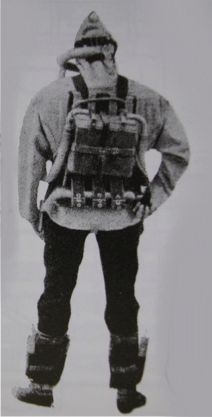
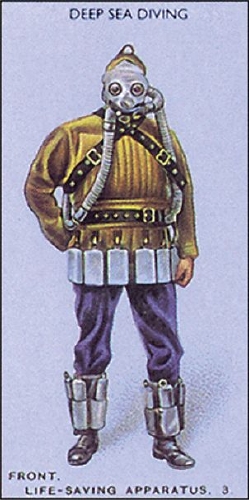
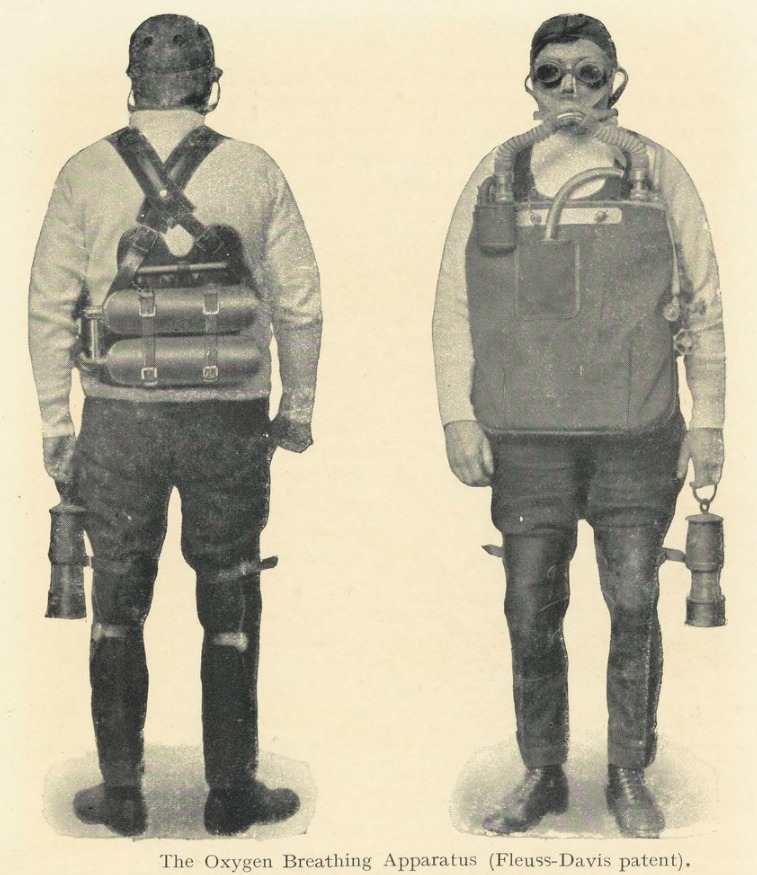

Therebreathersite was founded by Jan Willem Bech in 1999. After a diving career of many years, he decided to start technical diving in 1999. He immediately noticed that at that time there was almost no website that contained the history of closed breathing systems. The start for the website led to a huge collection that offered about 1,300 pages of information until 2019. In 2019, a fresh start was made with the website now freely available online for everyone. Therebreathersite is a source of information for divers, researchers, technicians and students. I hope you enjoy browsing the content!
